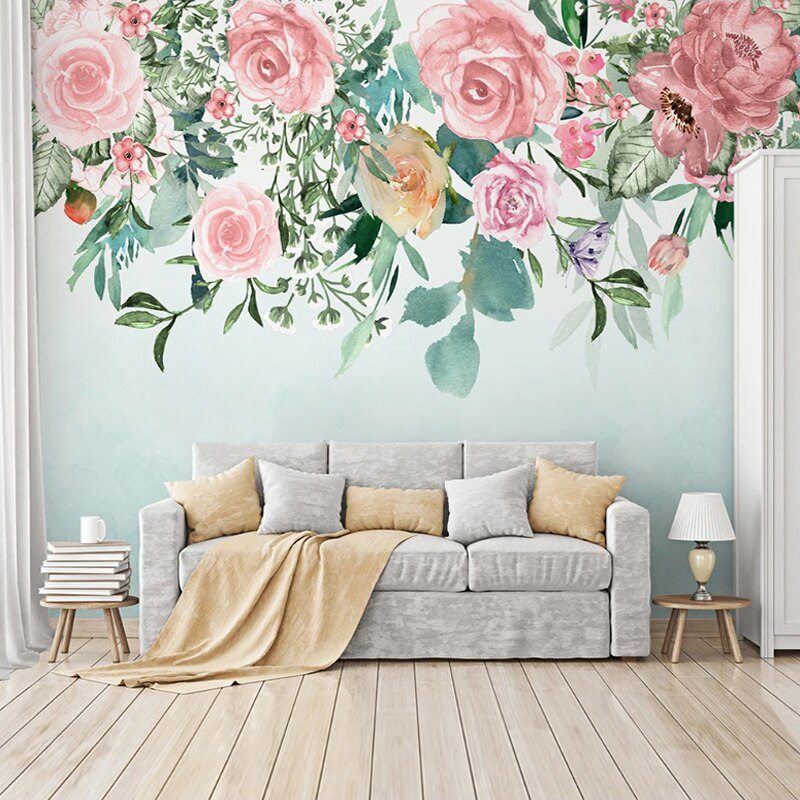The Origins of Japanese and Scandinavian Design Traditions
Japanese design is deeply rooted in the country’s culture and traditions. The principles of simplicity, minimalism, and functionality are the hallmarks of Japanese design. Traditional Japanese homes are known for their clean lines, light wood surfaces, and neutral color tones. Materials such as bamboo, paper, and wood are commonly used to create clean, simple designs for furniture, architecture, and other products.
Similarly, Scandinavian design is renowned for its simplicity, functionality, and elegance. The combination of natural materials such as wood, leather, and wool with muted color palettes and simple lines creates a cozy and comfortable vibe. The concept of “hygge,” which refers to a feeling of warmth, coziness, and contentment, is central to Scandinavian design.
The Meeting Point: Fusion of Japanese and Scandavian Design
While Japanese and Scandinavian designs may seem quite different, they share a common ground of simplicity, functionality, and aesthetics. Therefore, the fusion of these design traditions creates an exciting mix of minimalism, tranquility, and coziness. The result of this fusion is a unique design that emphasizes the purity of form, function, and materials.
One of the most significant areas of influence has been in furniture design. The clean lines of Japanese furniture have been combined with the warm, rich materials of Scandinavia. The result is furniture that has timeless appeal, exuding calmness and serenity. Just like traditional Japanese architecture, the furniture is designed to blend in with the surroundings and thus, create a harmonious environment.
Another area that has seen a significant influence is the lighting. Both Japanese and Scandianvian designs rely heavily on natural light. The use of rice paper and other translucent materials in Japanese lampshades filters natural light, creating a soft, warm ambiance. In contrast, Scandinavian lighting uses a combination of glass and metal to create minimalist yet elegant designs. The fusion of these two styles creates a soft and warm light that is both functional and stylish.



